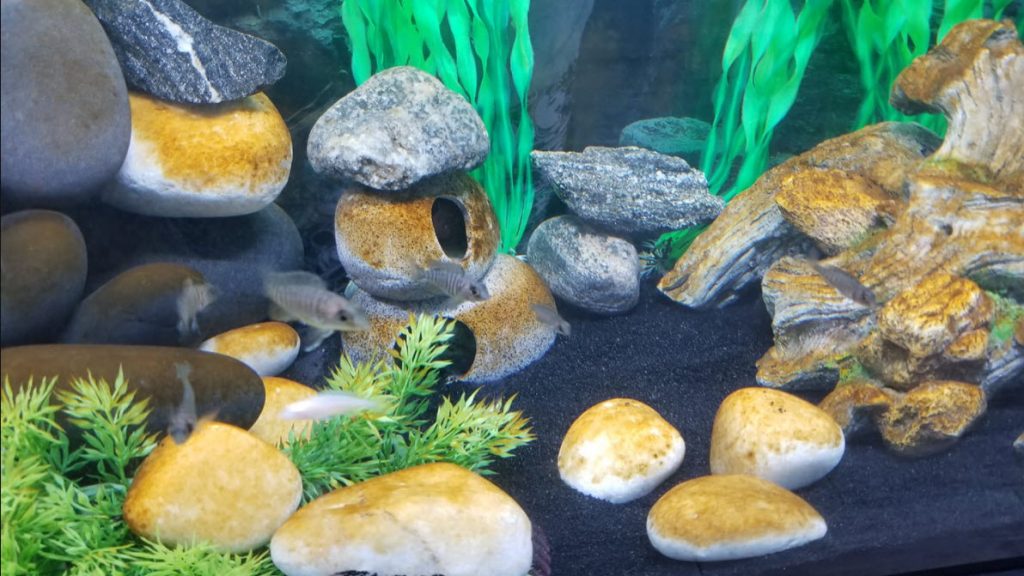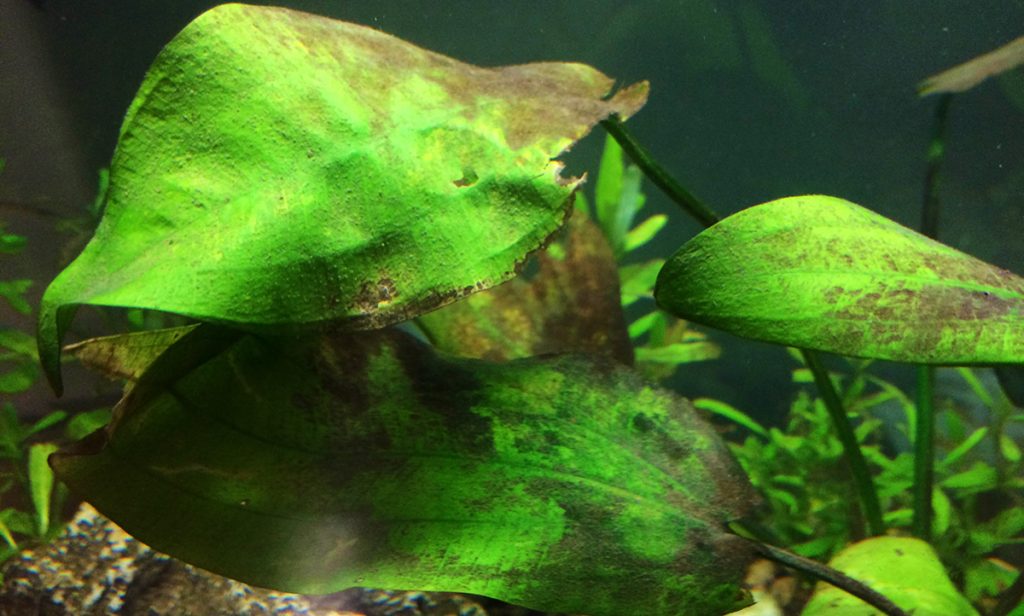Introduction to Brown Algae
Brown algae, scientifically known as diatoms, are a common issue faced by many aquarium enthusiasts. These microscopic organisms thrive in aquatic environments and can quickly cover surfaces within a fish tank, including the glass, substrate, plants, and decorations. Brown algae appear as a slimy, brownish film that can be unsightly and may indicate underlying issues within the aquarium ecosystem. Understanding what causes brown algae and how to effectively manage it is crucial for maintaining a healthy and aesthetically pleasing fish tank.
Understanding the Nature of Brown Algae
Brown algae are not actually algae but a type of protist that requires silicates to grow. These diatoms have cell walls made of silica, distinguishing them from true algae. They typically appear in new aquariums because they thrive in conditions where there is an abundance of silicates, nutrients, and low light. Unlike green algae, which require more light, brown algae can proliferate in low-light conditions, making them particularly challenging to manage. Their presence often signals an imbalance within the aquarium, such as excess nutrients or inadequate lighting.

Causes of Brown Algae: Silicates in Water
One of the primary causes of brown algae outbreaks in fish tanks is the presence of silicates in the water. Silicates can enter the aquarium through tap water, especially in regions where water sources contain high levels of dissolved silica. Additionally, certain types of substrates, decorations, and even some aquarium equipment can leach silicates into the water over time. When silicates are present, they provide a nutrient source for diatoms, allowing them to multiply rapidly. Testing for silicate levels in your aquarium water can help identify this as a contributing factor to brown algae growth.
Causes of Brown Algae: Excess Nutrients
Another significant cause of brown algae is the accumulation of excess nutrients in the aquarium. Overfeeding fish, decaying plant matter, and uneaten food all contribute to increased levels of organic waste. This waste breaks down into nitrates and phosphates, which serve as nutrients for brown algae. Inadequate filtration or insufficient water changes can exacerbate the problem, as these practices fail to remove the excess nutrients from the water column. Managing nutrient levels through proper feeding practices and regular maintenance is essential to preventing brown algae blooms.

Causes of Brown Algae: Inadequate Lighting
Lighting plays a crucial role in the health of an aquarium, affecting both plant growth and algae proliferation. Brown algae thrive in low-light conditions, which is why they are often found in new tanks where lighting might not be properly established yet. Insufficient lighting can create an environment where diatoms outcompete other forms of algae and plants. Ensuring that your aquarium has appropriate lighting for the specific needs of your fish and plants is vital. This includes both the intensity and duration of light exposure, as well as the quality of light provided.
Causes of Brown Algae: New Tank Syndrome
Brown algae are particularly common in newly established aquariums, a phenomenon often referred to as “new tank syndrome.” When setting up a new tank, the biological filtration system has not yet fully developed, leading to unstable water chemistry. This instability can result in fluctuating levels of ammonia, nitrites, and nitrates, which can promote the growth of diatoms. As the aquarium matures and the beneficial bacteria populations stabilize, the conditions become less favorable for brown algae, and their presence typically diminishes. Patience and proper cycling of a new tank are crucial to mitigating this initial outbreak.

Remedies for Brown Algae: Regular Water Changes
One of the most effective remedies for controlling brown algae is performing regular water changes. By removing a portion of the aquarium water and replacing it with fresh, clean water, you can dilute the concentration of nutrients and silicates that fuel diatom growth. Aim to change 10-20% of the water weekly, depending on the bio-load and size of your tank. Regular water changes also help maintain stable water parameters, promoting a healthier environment for fish and plants. It’s important to use dechlorinated water to avoid introducing harmful chemicals into the aquarium.
Remedies for Brown Algae: Proper Filtration
Investing in a good filtration system is essential for managing brown algae. A high-quality filter can efficiently remove organic waste and excess nutrients from the water, reducing the chances of diatom proliferation. Consider using a combination of mechanical, chemical, and biological filtration methods to achieve optimal results. Mechanical filters trap physical debris, chemical filters, such as activated carbon, absorb dissolved impurities, and biological filters house beneficial bacteria that break down harmful substances. Regular maintenance of the filter media is also crucial to ensure its effectiveness over time.

Remedies for Brown Algae: Controlling Feeding Practices
Overfeeding is a common mistake that can lead to excess nutrients in the aquarium, promoting brown algae growth. It is important to feed your fish only what they can consume within a few minutes and remove any uneaten food promptly. Consider feeding smaller, more frequent meals rather than one large feeding to reduce the amount of leftover food that decomposes and contributes to nutrient buildup. Using high-quality, easily digestible fish food can also help minimize waste production. Monitoring your fish’s eating habits and adjusting feeding practices accordingly is key to maintaining a balanced ecosystem.
Remedies for Brown Algae: Adjusting Lighting
Adjusting the lighting conditions in your aquarium can help control brown algae. Ensure that your tank receives adequate light for the needs of your plants and fish, but avoid excessive lighting that can promote algae growth. Aim for 8-10 hours of light per day, using a timer to maintain a consistent schedule. If your tank is exposed to natural sunlight, consider moving it to a location with less direct light or using blinds to control light exposure. Additionally, using full-spectrum aquarium lights that mimic natural sunlight can support plant growth while discouraging brown algae.

Remedies for Brown Algae: Adding Live Plants
Introducing live plants into your aquarium can be an effective strategy for combating brown algae. Plants compete with diatoms for nutrients, reducing the availability of excess nutrients that promote algae growth. Fast-growing plants, such as hornwort, water sprite, and Amazon swords, are particularly effective at absorbing nitrates and phosphates. Additionally, live plants improve oxygen levels and provide shelter and enrichment for fish. Maintaining healthy plant growth through proper lighting, fertilization, and pruning can create a more balanced and less algae-prone aquarium environment.
Remedies for Brown Algae: Cleaning and Maintenance
Regular cleaning and maintenance routines are essential for managing brown algae. Use an algae scraper or pad to remove diatoms from the glass and decorations. Vacuum the substrate during water changes to remove detritus and prevent the buildup of organic waste. Clean or replace filter media according to the manufacturer’s recommendations to ensure efficient filtration. Maintaining a tidy tank not only improves its appearance but also reduces the availability of nutrients that diatoms need to thrive. Consistent maintenance practices are key to keeping brown algae under control.
Conclusion
Brown algae, or diatoms, can be a persistent and frustrating problem for aquarium enthusiasts. However, by understanding the causes and implementing effective remedies, it is possible to manage and prevent their growth. Regular water changes, proper filtration, controlled feeding practices, adjusted lighting, and the introduction of live plants are all important strategies for combating brown algae. Additionally, maintaining a clean and balanced aquarium environment through routine maintenance and monitoring is crucial. By taking a proactive and comprehensive approach, you can enjoy a healthy, algae-free fish tank that provides a thriving habitat for your aquatic pets.










